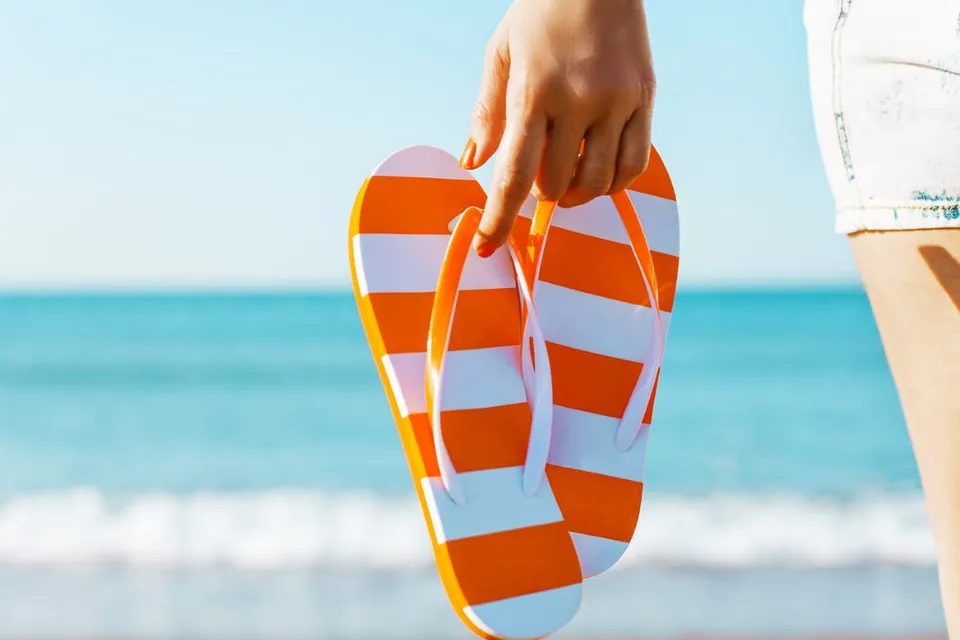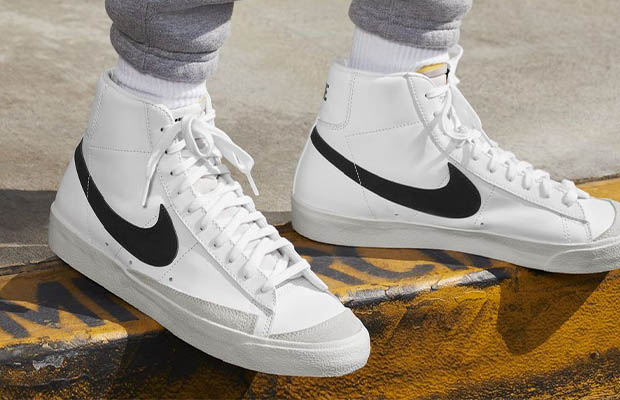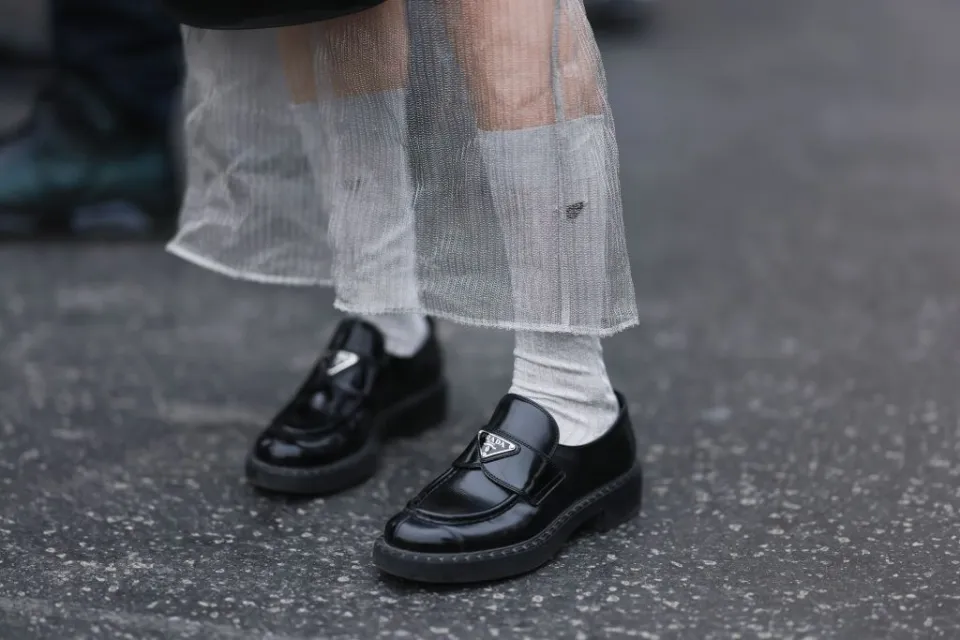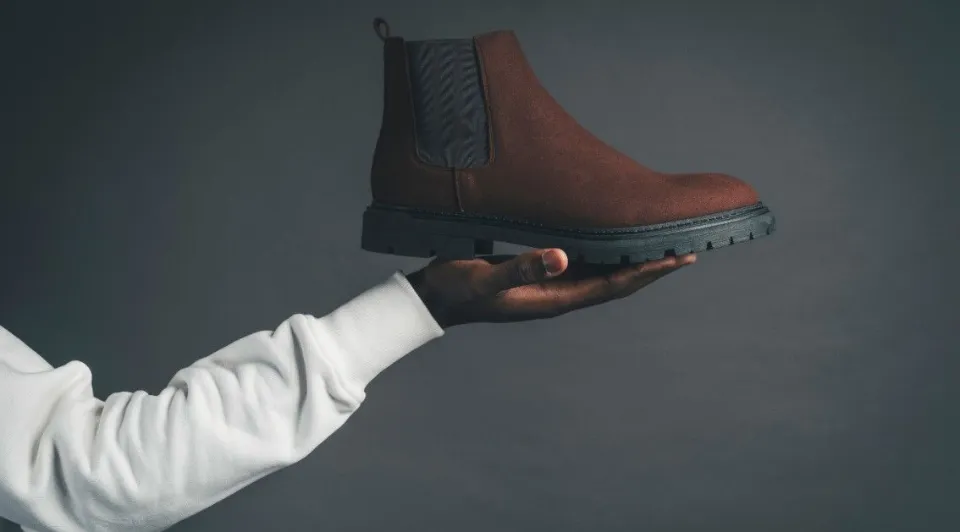Every year when the weather starts to get nice, people start talking about flip-flops and whether they’re healthy or not. There are wide-ranging opinions on the merits and pitfalls of flip-flops for foot health, so are flip flops bad for your feet?
In fact, wearing flip flops for long periods of time can wreak havoc on your feet and toes, causing you to need an orthopedic surgeon.
We would like to share our perspective and stance on flip-flops in this article, as well as how this simple, minimalist footwear choice might help or harm foot health.
Are Flip Flops Bad for Your Feet?
Flip-flops, also referred to as shoe thongs in some regions, don’t provide your foot with any arch support.
Flip-flops have a thin rubber or other material sole, which makes your foot as flat as possible, which is not ideal for most people.
You can suffer from arch and heel soreness, as well as foot pains and excessive pressure.
Read More:
- Sandals Vs Flip Flops
- Slides Vs Flip Flops
- How to Clean Flip Flops?
- Is It Illegal to Drive in Flip Flops?
Why Flip Flops Are Bad for Your Feet?
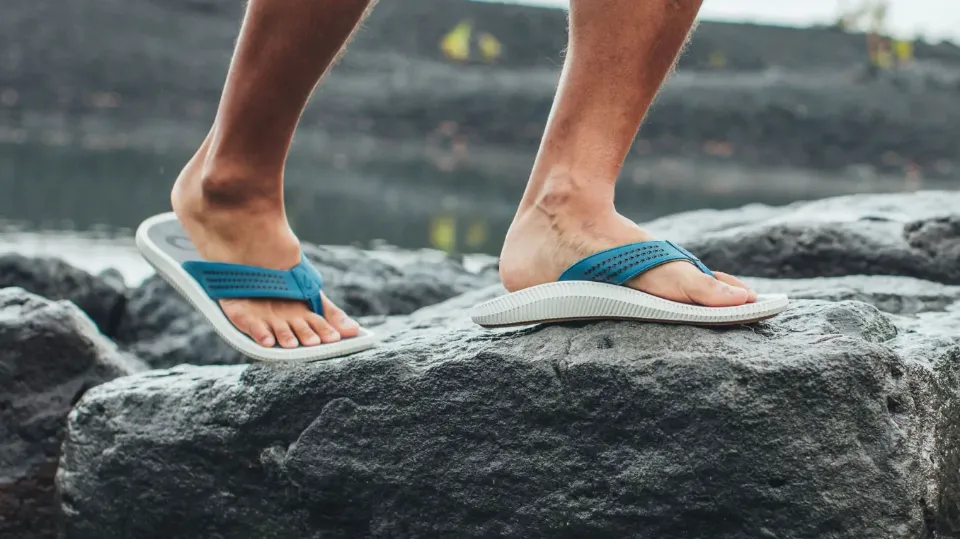
Wearing flip flops can cause or worsen a number of foot problems.
Here are some reasons why you want to limit time spent walking in them:
Plantar Fasciitis
Flip flops’ thin straps make it difficult for your shoes to be firmly fastened, which causes your toes to over-grip. The plantar fascia ligament along the bottom side of your foot may become inflamed as a result of this excessive gripping and inadequate arch support.
One of the most common and painful side effects of wearing flip flops too much is plantar fasciitis.
Also Read: How Should Flip Flops Fit?
Heel Pain
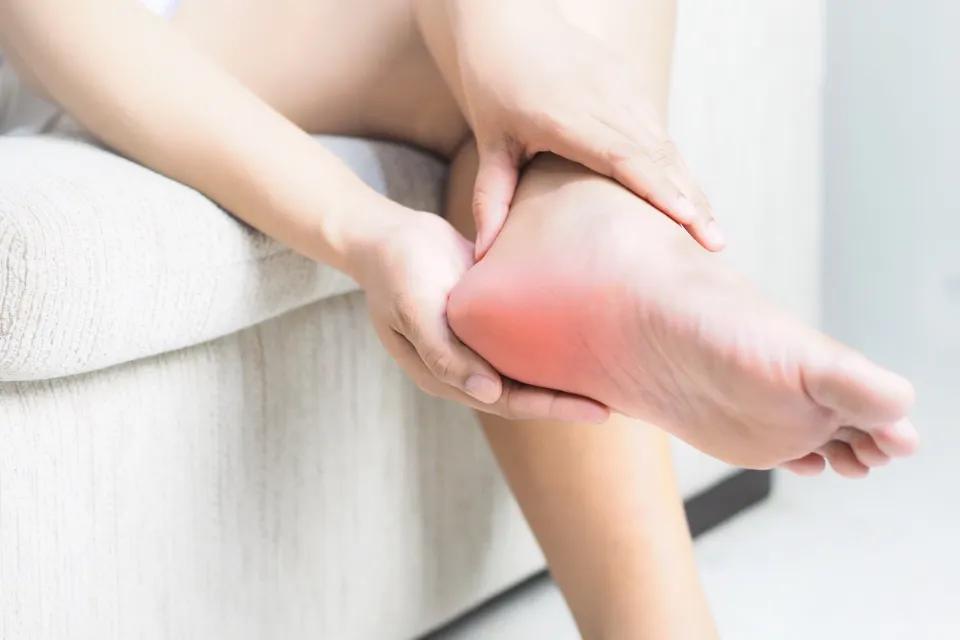
Flip-flop wearers may experience heel aches as a result of too much time spent walking around since there is no cushioning between their heel and the ground.
That’s because your heel absorbs the majority of the force from each step you take, and pain develops if there is no cushioning or shock absorption beneath that heel strike.
Ankle Sprains
Wearing flip flops can also cause ankle sprains. This is due to the lack of support, which raises your risk of falling or tripping.
Other Types of Foot Pain
Flip flops can also exacerbate other types of foot pain, from bunions and hammertoes to tendonitis.
Your risk of stubbed toes, cuts, insect bites, and infection is also increased because your feet aren’t well-covered or protected.
Blisters
The toe skin may rub against the strap when you slip your feet into a flip-flop. The perfect recipe for blisters can be created if your feet are sweaty or wet because the moisture and friction will cause.
Blisters between your toes can prove tricky to treat. When you walk, your toes naturally rub against one another. Sometimes, bandages or sports tape can make the friction even worse. It can be aggravatingly long for your blisters to heal if they keep popping open again.
Flip-flops Treatment
You might experience occasional pain or discomfort if you wear flip-flops more frequently than most people. Self-care can frequently calm any momentary irritants. Wearing more protective and supportive shoes is the first step.
If your feet or body are sore, you can apply ice to those areas, especially after spending the entire day walking around in flip-flops. To lessen swelling and soreness, if necessary, anti-inflammatory drugs can be taken. You can concentrate on foot and heel stretching exercises if your pain is more regionalized in the foot area.
To massage and stretch your tissues and ligaments, roll the bottom of your foot on a tennis ball, for instance. Even freezing a water bottle after filling it with water can provide some relief.
Swelling can be reduced by moving your foot over a cold surface while also stretching your muscles. Most often used by those with plantar fasciitis, this technique can help you in a number of ways.
When It’s Time to Make the Switch?
Flip flops are an acceptable shoe choice when heading to the beach or lounging by the pool. When you don’t walk too much and wear them sparingly, it’s okay.
The time has come to give up the flip flops and switch to a more supportive flip flops alternatives if your feet are hurting.
Read More: How to Decorate Flip Flops?
Conclusion: Are Flip Flops Bad for Your Feet
So, where do flip-flops rank on the scale of foot healthiness? The sandal’s specific design elements and how snugly the strapping system is adjusted, in my opinion, will have a significant impact on the answer.
When your foot performs as nature intended, your toes will be evenly spaced, your intrinsic foot muscles will be strong and balanced, and your main foot arch—your medial longitudinal arch—will be strong and stable on its own. All of these factors will help you prevent pain and issues.
Read More: Are Nike Blazers Good for Wide Feet?
FAQs
Are Flip-flops Bad for Your Back?
Flip-flops and other unstable footwear, according to studies, may contribute to low back pain.
Are Flip Flops Bad for Your Knees?
Flip-flops could be contributing to your knee pain.
What to Wear Instead of Flip-flops?
The best sandals to wear are typically those with ankle straps because they won’t likely alter your gait.

